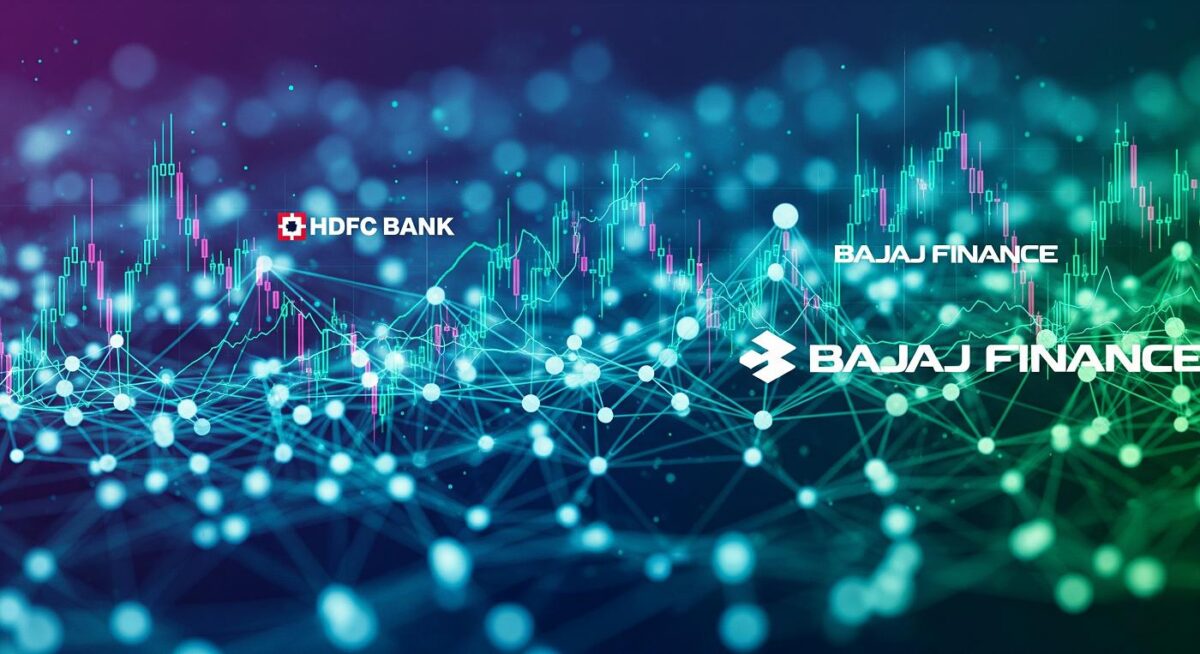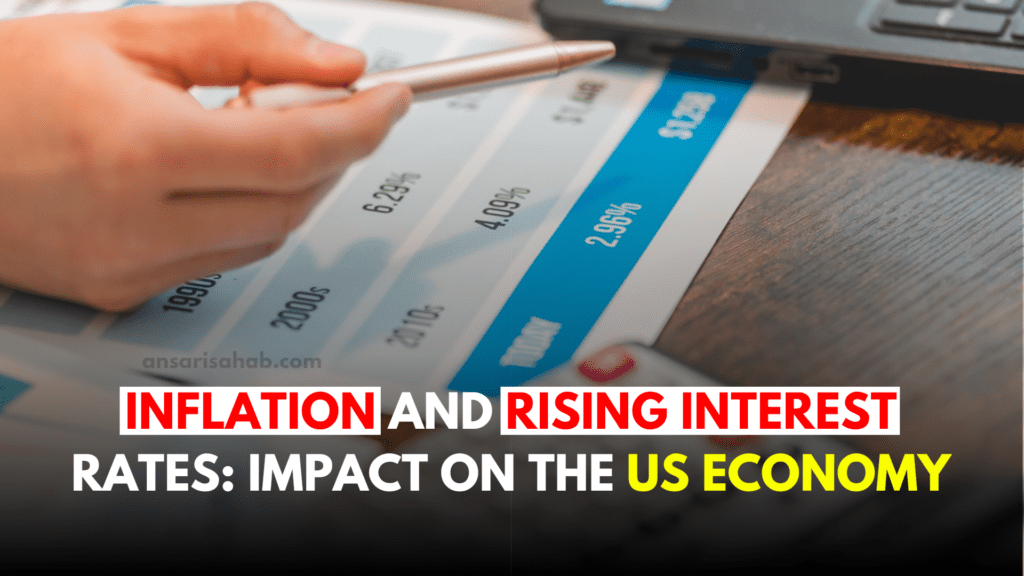Bajaj Finance vs HDFC Bank Shares: Clash of the Titans in India’s Financial Sector
When two powerhouses like Bajaj Finance and HDFC Bank go head to head, investors sit up and take notice. In 2025, as the financial landscape evolves under GST reforms and macroeconomic shifts, it’s the perfect time to ask: Which share merits your attention—Bajaj Finance or HDFC Bank?
In this in-depth breakdown, we’ll compare their recent share performance, growth catalysts, risk profile, and what investors should watch next. Let’s dig into the battle of NBFC agility vs banking scale.
1. Recent Market Moves & Price Action
- Bajaj Finance:
- Early in the week, it rose modestly, then slumped—currently hovering around ₹876–₹877, which marks a roughly 10% drop from its 52-week high near ₹978.
- Trading volume has spiked, signaling high investor interest even amid declines.
- Year-to-date, the stock has rallied over 30%, driven by optimism around GST reforms and India’s improved sovereign credit outlook—technical indicators point to continued bullish momentum.
- HDFC Bank:
- The stock is undergoing a technical price reset due to a 1:1 bonus issue, giving the appearance of a ~60% collapse—but this is merely an accounting adjustment; shareholder value remains unchanged.
- Post-adjustment trading levels stand near ₹970–₹973, roughly 40–50% below the pre-bonus peak.
- Over the last six months, the stock is up ~15%, with a one-year gain near ~18% and an impressive five-year return of ~74%.
These moves reflect both structural actions—like HDFC’s bonus share strategy—and sentiment swings around macro catalysts for Bajaj.
2. Business Momentum & Growth Drivers
Bajaj Finance
- High AUM growth: Maintaining aggressive guidance with a projected 23–24% growth in assets under management (AUM) through FY26, powered by a broad lending mix—consumer loans, vehicles, gold financing, and housing.
- NIMs under control: Forecast net interest margins of ~8.9–9%, supported by easing funding costs.
- Structural tailwinds: GST stimulus, credit rating upgrades, and digital traction are fueling demand—especially in consumer financing.
HDFC Bank
- Capital strength: The bonus issue signals robust balance sheet health and shareholder confidence.
- Scale and stability: As India’s largest private lender, it wields operational depth, superior franchise, and systemic resilience.
- Consistent performance: Strong five-year returns and a large institution advantage keep investor faith firm.
3. Valuation, Efficiency & Investor Appeal
- Bajaj Finance trades at elevated valuations typical for high-growth NBFCs—thanks to strong credit growth and margin expansion.
- HDFC Bank often carries a more moderate P/E, reflective of its stable earnings and massive scale.
- Bajaj appeals to growth-hungry investors; HDFC suits those seeking blue-chip reliability and resilience.
4. Risks to Watch
Bajaj Finance
- Vulnerable to macro slowdowns or credit stress in consumer segments.
- Regulatory risks remain—especially for NBFCs under intense scrutiny.
- Volatility may be higher amid liquidity or economic shifts.
HDFC Bank
- Bonus adjustment might lead to near-term trading distractions.
- Banking margins could face pressure from interest rate cycles.
- Scale brings complexity—regulatory or systemic shocks could have amplified effects.
5. At a Glance—Bajaj Finance vs HDFC Bank
| Feature | Bajaj Finance | HDFC Bank |
|---|---|---|
| Recent Move | ~10% drop from highs; YTD +30% | Ex-bonus reset; 6-month +15%, 5-year +74% |
| Growth Outlook | Aggressive AUM & NIM expansion | Steady, dependable scale and return |
| Valuation | Premium packed due to growth premium | More grounded, value-oriented |
| Risk Profile | Higher volatility, credit risk | Lower volatility, but macro sensitivity exists |
| Investor Fit | Growth-centric investors | Long-term wealth builders |
6. Strategy: Which One Should You Watch Now?
- Go with Bajaj Finance if you want high-growth potential, are comfortable with short-term swings, and believe in India’s consumption-led expansion.
- Lean toward HDFC Bank if you prefer blue-chip stability, dividend reliability, and a time-tested financial moat.
- For risk-balanced portfolios, holding both offers exposure to growth upside and foundational banking strength.
Conclusion
In the ring of India’s financial heavyweight stocks, Bajaj Finance vs HDFC Bank shares offer compelling but distinct plays.
- Bajaj Finance delivers acceleration, growth, and momentum—but with episodic volatility.
- HDFC Bank stands tall with scale, stability, and long-term consistency—even while navigating technical reset bumps.
Use your investment style, risk appetite, and horizon to choose your corner—or blend both for the best of both worlds.









